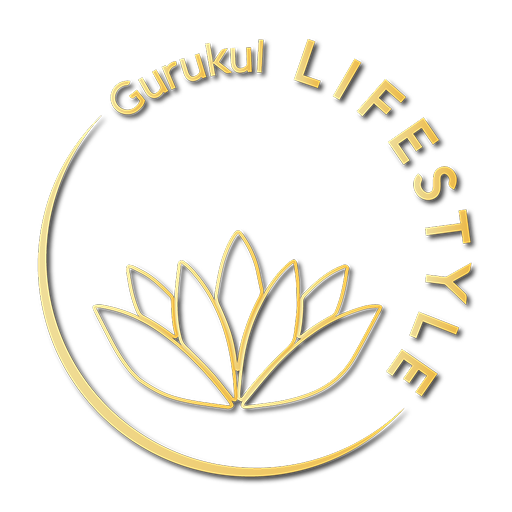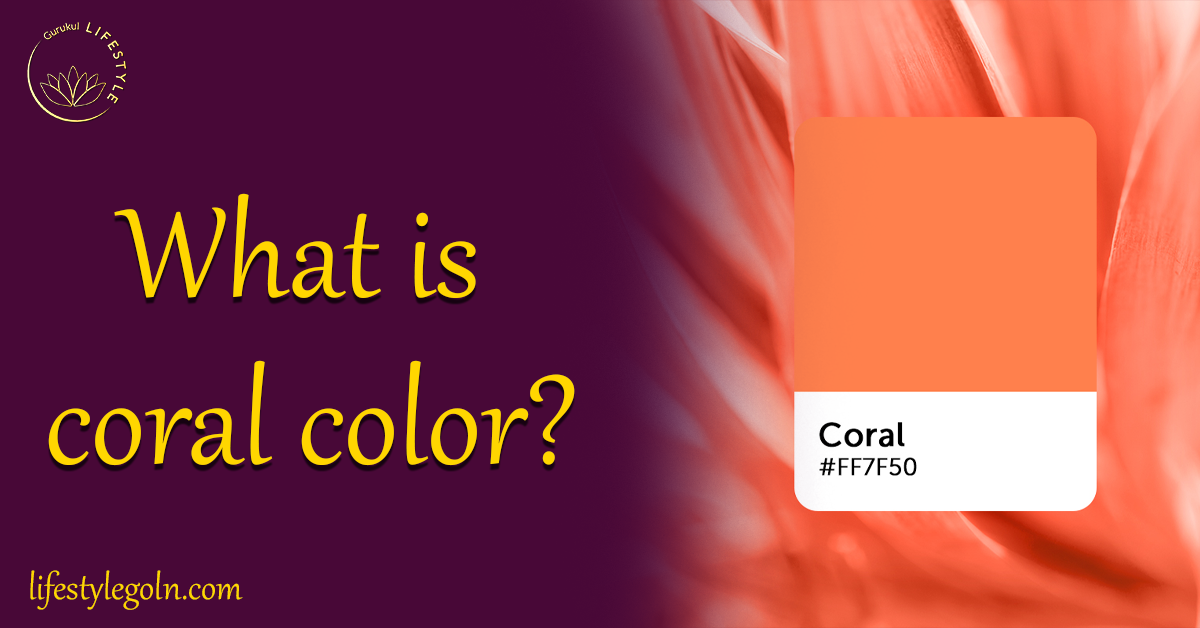Back in 2019, coral color was named Pantone’s Shade of the Year. Today, it is ubiquitous in photography and visual communication. It’s a goofy, enthusiastic variety that brings a unique and vibrant pop to any picture. In the 1970s it rose to prominence as a complementary assortment of style, ornate objects and interior plans. Coral has really taken the spotlight in the premium and online entertainment world.
Although a coral hex code can tell us its center tone, it’s much more than that. The importance of coral species varies with the way of application and the shade of coral. We’ll help you understand exactly what coral is, the range of coral species to use in planning and photography, the shades of complementary corals, and what a true coral species means.

Let’s get ready for everything in coral color!
What is coral color?
To give you a sense of its rich heritage, the word coral may have been first used to describe the species as early as 1513. Coral is a pink-orange shade named for the hue that depicts cnidarians and is known as a precious coral. The coral hex code is #FF7F50. Separating it in the RGB variation space, hex #FF7F50 consists of 100% red, 49.8% green, and 31.4% blue. In CMYK variety space, coral hex code #FF7F50 consists of 0% cyan, 50.2% maroon, 68.6% yellow, and 0% dark.
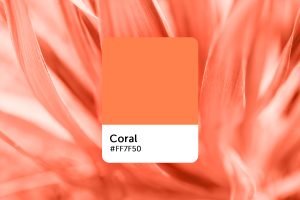
The coral chromaticity is 16.1 degrees, the immersion is 100%, and the fineness is 65.7%. Coral varieties bring energy to plans and photos. Coral species collections can be exciting, new, lively, smooth, and filled with ladylike air. Coral is a unique shade that has multiple uses.
How do you use coral color?
You can use coral varieties for various configuration purposes. In addition to photography and visual computerization, it is a renowned breed in style, bundling, project planning, project excellence, interior planning and virtual entertainment feel.
It carries a vibrant style in any piece, as a visual feature or as a playful central tone. Given its dynamic nature, you can use coral shades as the base for various ranges.
Coral is often seen as a no-nonsense feminine shade, but in reality, it’s likely to work in a myriad of different settings. Getting more ladylike by adding more pink to the color can be upgraded. To make coral more masculine, you can add red. All shades of coral bring a sleek, modern feel to floor plans, and it is often used for eye-catching, legendary illustrations and photographs.
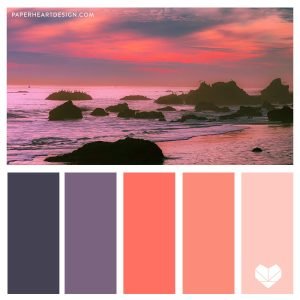
What color goes with coral color?
There are a wide variety of varieties to pair with coral. Choosing which one to use depends on the ultimate goal of your planning project. When coral faces the blues, its regular related tones really pop.
Lighter blues can create a tropical look, while hazy blues like navy give a more manly feel. To boost the coral’s zest attributes, pair it with coral-matching colors such as bright pink or different shades of orange. Below are some examples of coral-pairing varieties that you can use to create a pleasing collection of coral varieties.
Related coral color
- Tiffany Blue (#0ABAB5)
- Teal (#008080)
- Navy Blue (#000080)
Pinker coral color shades pair with Tiffany blue and teal to give coral a tropical vibe. When paired with a more hazy navy blue, coral color takes on a manly rationality, creating a captivating visual effect in a rather nonpartisan shade.
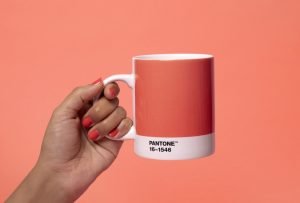
Monochrome
- reddish brown (#3C1000)
- Crimson (#6A1C00)
- orange (#FF5D22)
Matching the coral to the contrasting warm hues of its center makes the hotter variety range suggestive of those found throughout the harvest season. When this range is used with green accent varieties, the results can be quiet and regular. This is a very well-known pattern in internal planning.
very similar color
pink (#FF6DB6)
Orange (#EA8E35)
Very similar colors have comparable qualities to each other. The coral itself consists of pinks and oranges. When paired properly, corals come close to varying shades of pink and orange, making for a lovely, gorgeous range of varieties.
three coral color groups
Light Purple (#D086F6)
Olive Green (#5EB84D)
The Ternion breed range consists of three tones evenly distributed on the breed wheel. The tricolor variety of coral ranges from light purple to light olive green. The deeper the coral, the deeper the ternary variant.
Read More-
